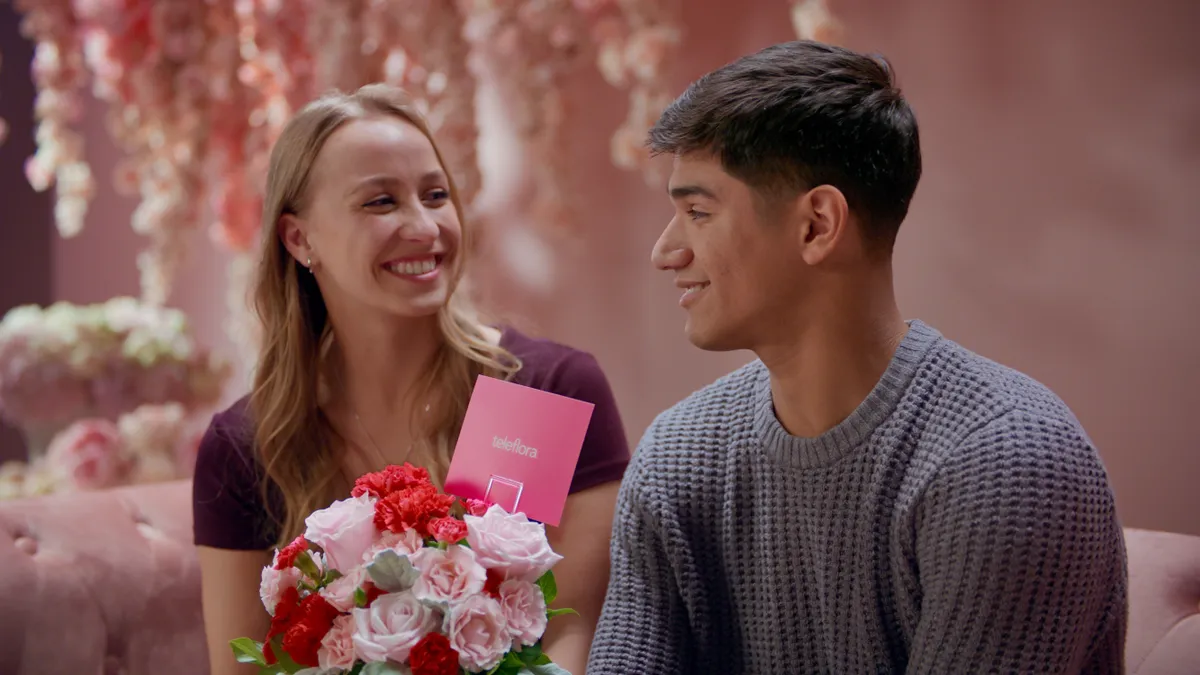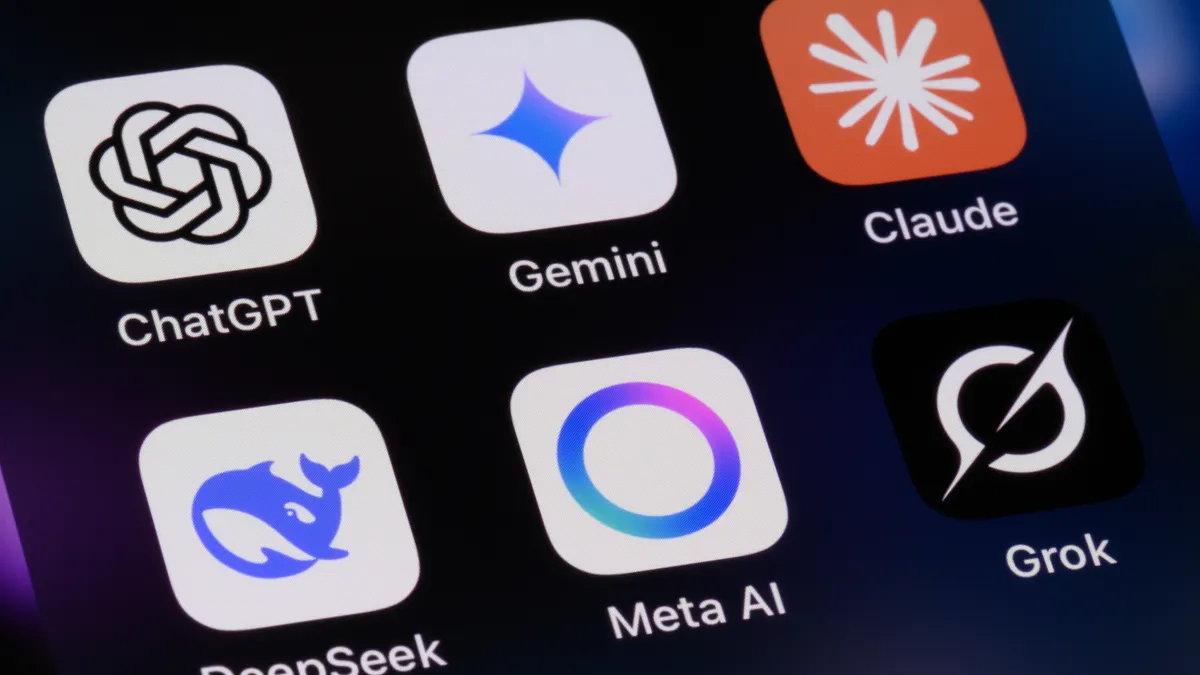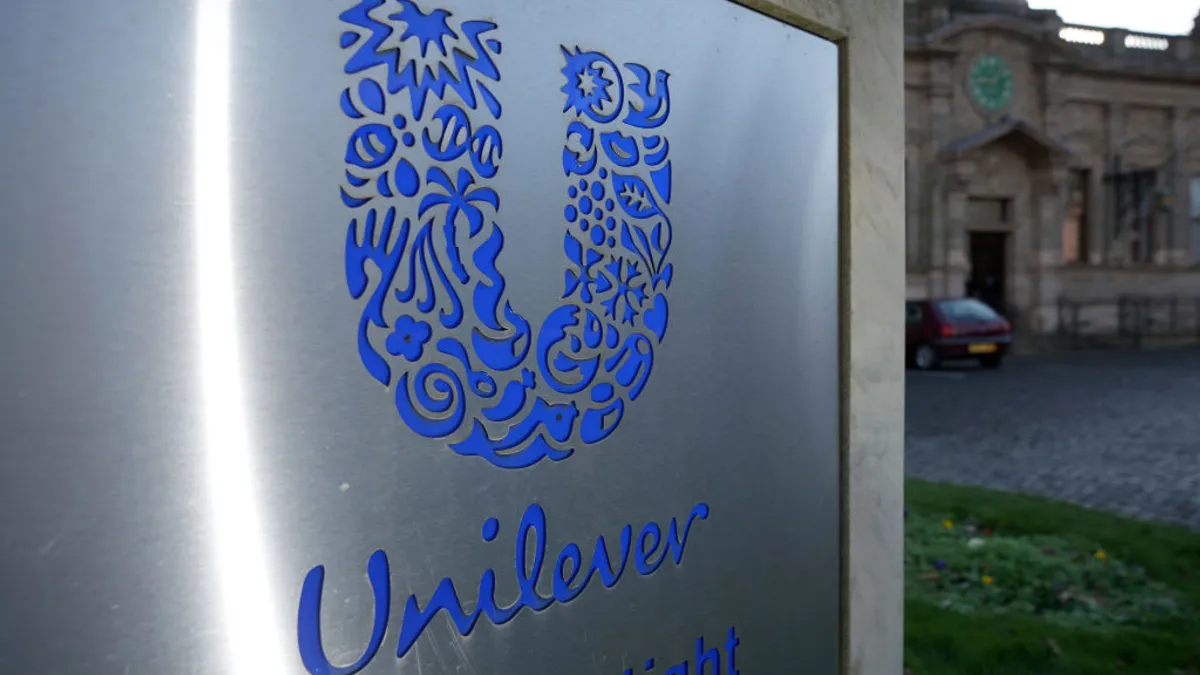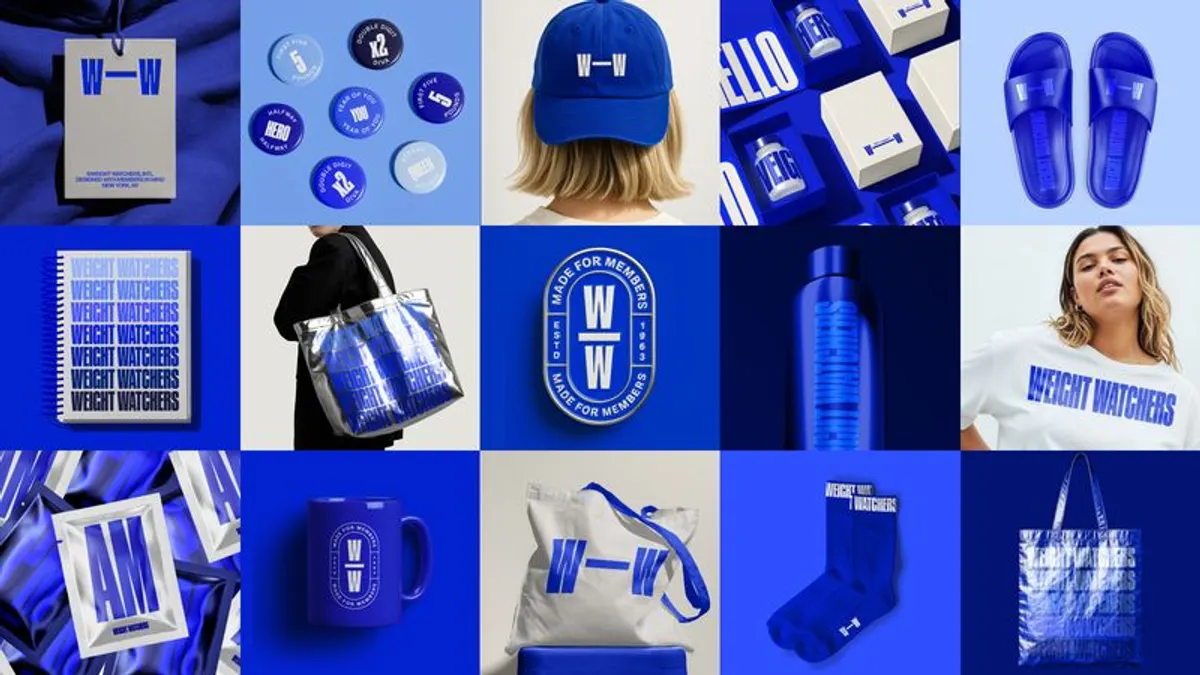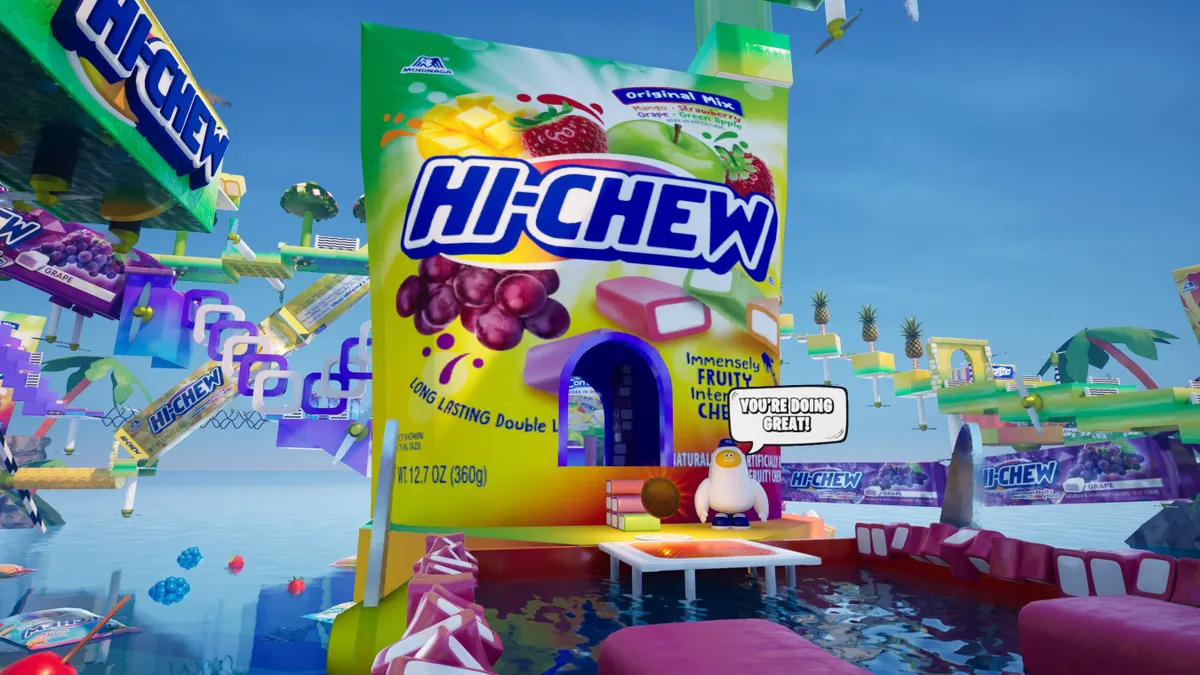Campaign Trail is our analysis of some of the best new creative efforts from the marketing world. View past columns in the archives here.
As Valentine's Day rolls around, a marketer like Teleflora has to be ready: The bouquets the floral delivery service helps put in consumers' hands are as inextricable from the holiday as love itself. But each year, marketers advertising around Valentine's Day must, to paraphrase writer Raymond Carver, decide what we talk about when we talk about love.
"When we think about love and Valentine's Day, there's only so many ways to talk about it," said Danielle Mason, vice president of marketing at Teleflora. "What really matters and what's the insight we really want to address?"
This year, Teleflora and the Wonderful Agency, the in-house creative team at parent The Wonderful Company, keyed in on a statistic that appeared in an article whose headline asked: "Is romance really dead?" Since 1986, the number of Americans who don't have a steady partner had increased by 50%, per data shared by CNN, meaning fewer and fewer Americans were engaging in romantic relationships.
"When we dove deeper into that, we saw that there's really some cynicism about love — a lot of people believe that love isn't out there based on past experiences. They decided, 'You know what, I'm just gonna give up on love, and I'm going to live my life in the way that I want to live my life,’" Mason explained.
But if so many American consumers were cynical about love, then what's behind the success of reality and scripted TV shows like “The Bachelor" franchise and Netflix hit "Bridgerton"? The Teleflora team came to the conclusion that Americans do believe in love, but perhaps thought it wasn't for them.
That insight informed “Believe in Love,” Teleflora's latest campaign and extension of its "Love Out Loud" brand platform. Central to the effort is a three-minute, documentary-style video that features real couples discussing their romantic challenges and relationship perceptions. Along with the long-form video on YouTube, shorter cuts will appear across Facebook, Instagram and TikTok, with targeted in-stream media buys on connected TV, digital and mobile.
"If we wanted to tell a story about the cynicism behind love, we had to tell real stories," Mason said. "It wasn't something that we could script and cast with actors — it had to actually be real stories of real people."
Diversity, in many ways
In the touching long-form spot, couples share intimate details about the relationships and their ideas about love. Each couple captures a different theme — including connection, aspiration and determination — that Teleflora chose as a way to reach a variety of jaded romantics, from the inspiration of long-time partners Bruce and Diane to the admiration between younger couple Fiona and Christian.
"It was important to us to find love stories that were very diverse and all very different," Mason said. "They all have their own different ways of how they were approaching [love], and they really learned how to truly believe in it once they found the right person for them."
The diversity is also on another level, as the video cuts between several conversations featuring couples of different ages, races and sexualities. Such casting has been increasingly prominent in advertising over the last few years, but has also landed in the crosshairs of conservatives waging culture wars.
"Diversity is incredibly important to us. It's very represented in the years and years that we've been doing advertising," Mason said. "We don't think about backlash from our different customers, or our even our florist partners — it is important to us to be really representative."
Beyond the three-minute spot that brings together the diverse cast, various 15- and 30-second cuts fit different channels and platforms; one ad might resonate better on TikTok than on CTV. Plus, Teleflora can better meet its holiday audience this way. During the year, the brand’s typical demographic is mostly women; that shifts to about 50-50 men and women around Valentine's Day.
"We have the opportunity now with having different lengths to really test and learn and optimize throughout the campaign," the executive said. "It helps us to because sometimes our predictions going into it aren't quite right, and we're able to make adjustments throughout the campaign."
As with "Love Out Loud," "Believe in Love" was crafted with the Wonderful Agency, the in-house shop who works with sister brands including Fiji Water and Wonderful Pistachios. The close-knit team between the brands and agency is a strength, said Margaret Keene, chief creative officer at Wonderful Agency, in a previous interview with Marketing Dive — a view shared by Mason.
"What's phenomenal about it is they're as familiar with the brand as the marketing team is or as a regular Teleflora employee is — they really understand the business, they understand the priorities for the business," she said. "For us, our agency is an extension of all of the employees that work within Teleflora... It's a true partnership, which gets us doing better work than we were even anticipating.”


